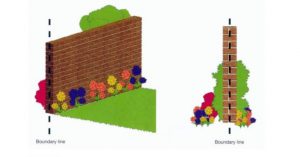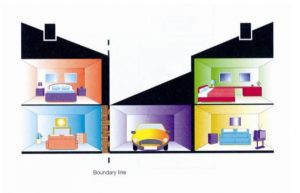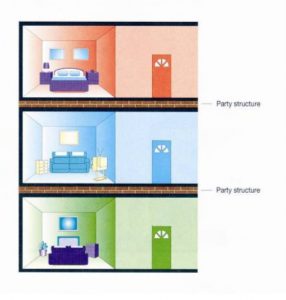If you’re looking for Party Wall advice, contact RMA Surveyors, Newbury, Berkshire. You can be sure of professional advice from experienced chartered surveyors.
Providing party wall surveying and advice in compliance with The Party Wall Act 1996, RMA Surveyors act on behalf of building owners and adjoining owners, as well as agreed surveyors for both parties.
For Party Wall Advice, contact RMA Surveyors on 01635 579208, we can offer expert guidance on all party wall matters.













